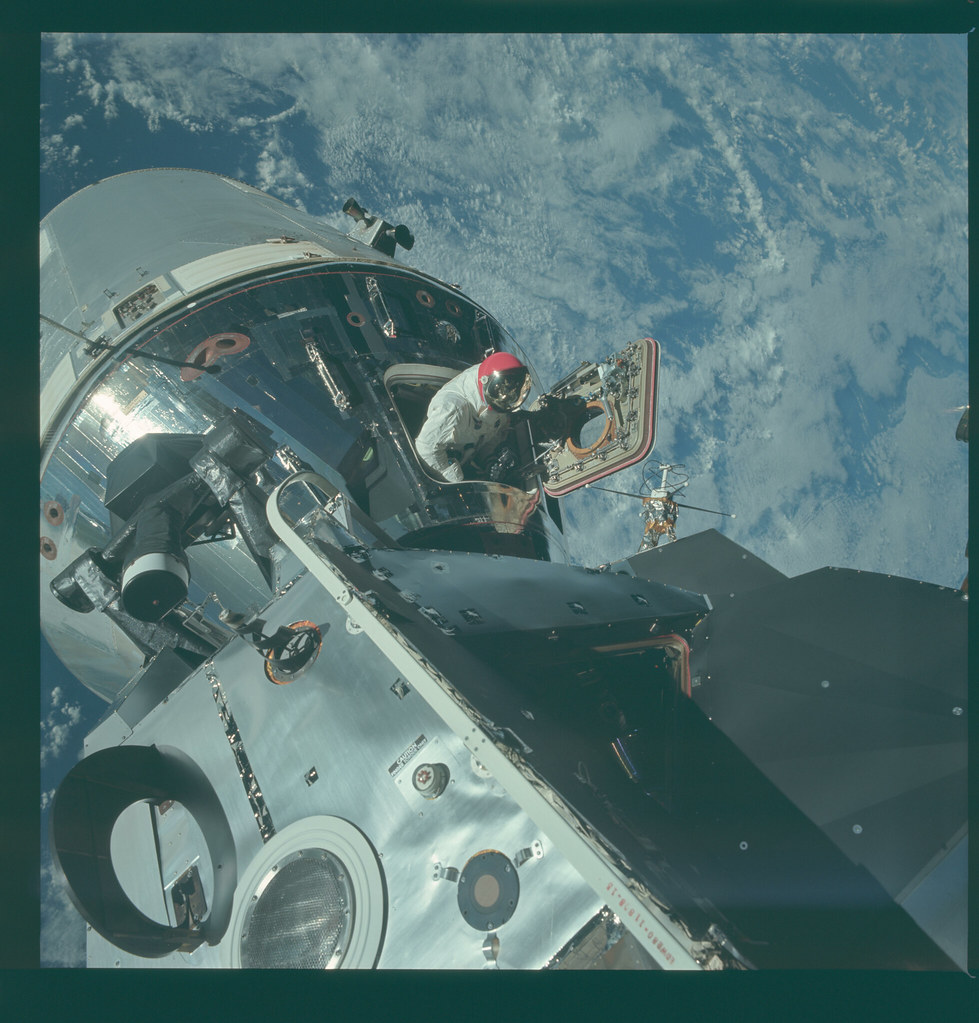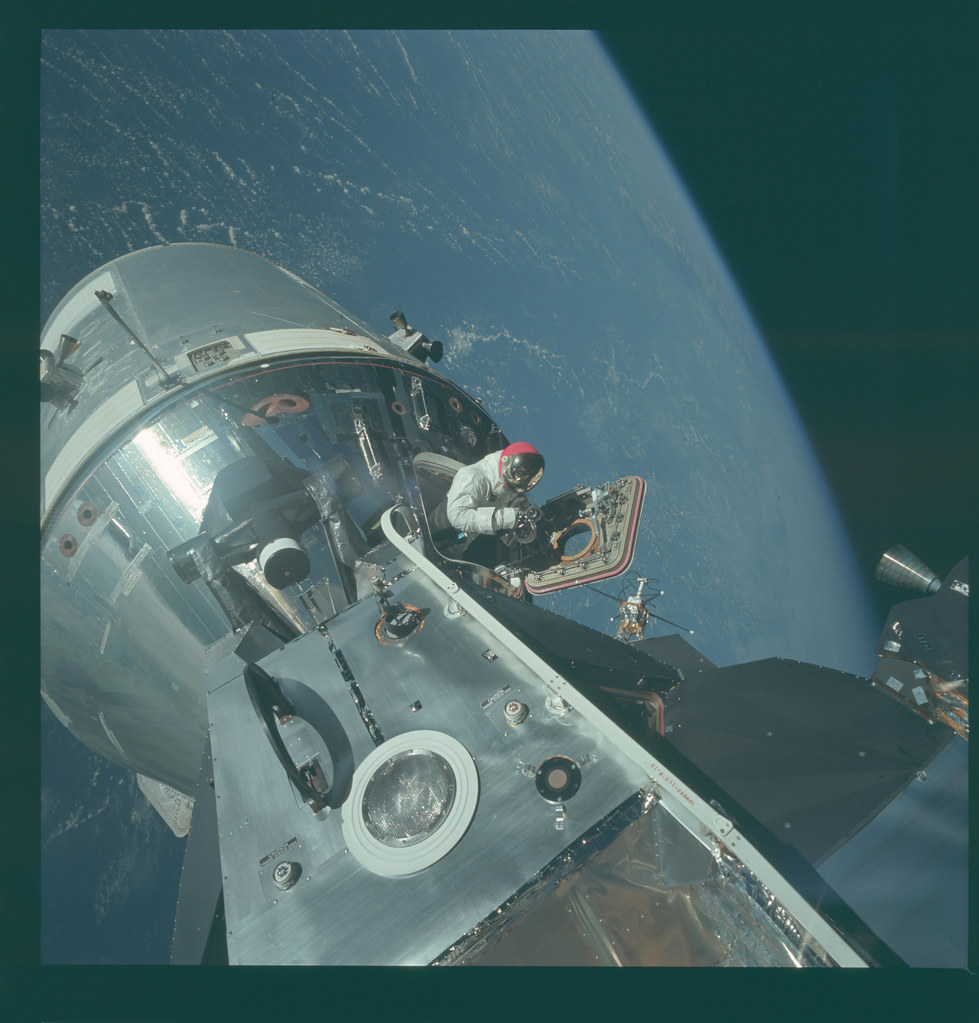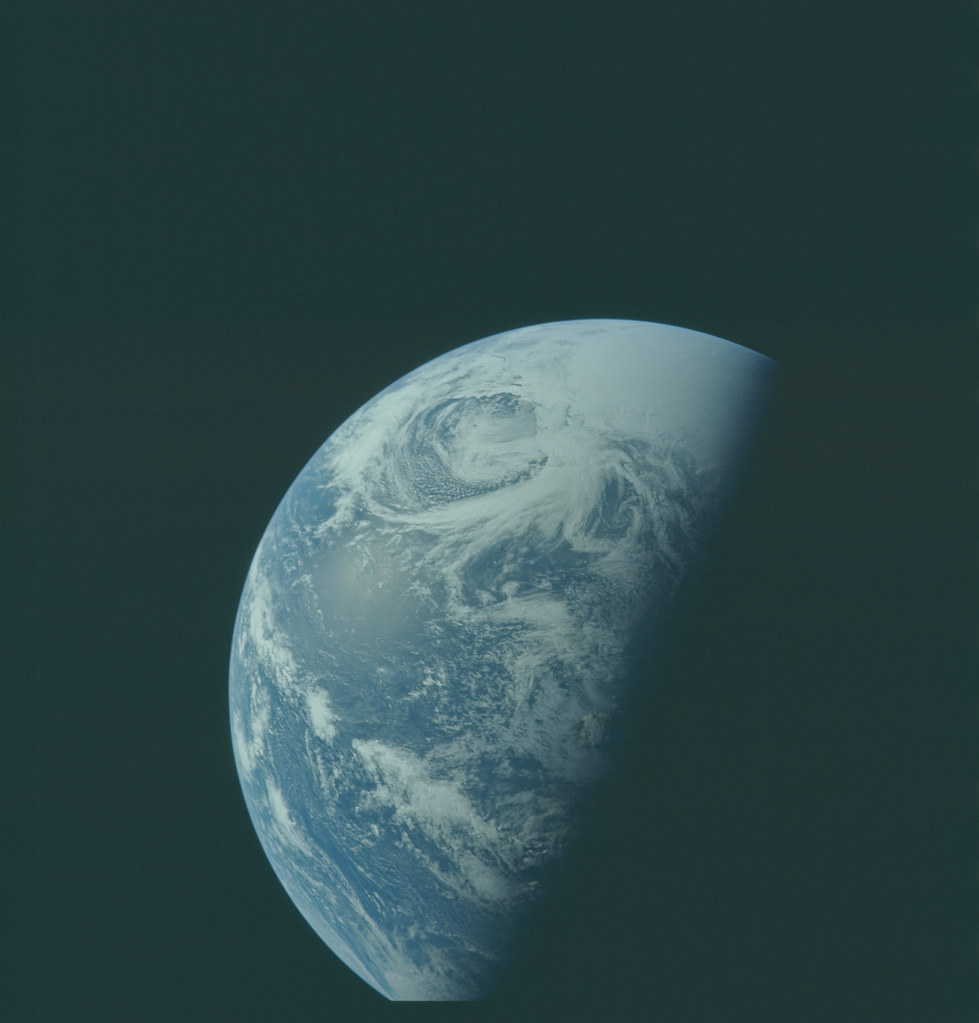- Joined
- Nov 28, 2010
- Messages
- 20,615
- Reaction score
- 7,417
This thread covers space mission by multiple countries that sometimes were conducted in international cooperation. In the absence of a Science or Tech tag, this is the most fitting.
2018 has been a pretty exciting year regarding everything that had to do with space exploration. Here is a look back at some key events, heavy credits go to this article.
Return to Mars
After a six-month journey of more than 300 million miles, NASA’s InSight lander arrived at Mars on Nov. 26, plunking down for a two-year mission to study the interior of the Red Planet. The dramatic landing was NASA’s first on Mars since 2012. Less than two weeks after landing at a spot near the Martian border called Elysium Planitia, the InSight lander snapped its first selfie using a camera on its 6-foot-long robotic arm and captured the first "sounds" of wind blowing on Mars.
Comet or Aliens?
Astronomers first spied a strange cigar-shaped object swinging past the sun last year, but it wasn’t until 2018 that astronomers used the Hubble Space Telescope and ground-based observatories to conclude that Oumuamua is a small comet. But debate about the mysterious object continues, with some respected scientists saying there’s a chance it could be an alien spacecraft.
Asteroids, the cool kind of roids
After its own multi-year journey, NASA’s OSIRIS-REx spacecraft snuggled up to a skyscraper-size asteroid known as Bennu. The space probe reached Bennu on Dec. 3 and will spend about a year surveying and mapping the 1,600-foot-wide asteroid. The probe has already found water on the space rock. In 2020, a sample will be taken to be returned to Earth (!) in 2023.
Falcon Heavy Launch
Super impressive feat by SpaceX and a real milestone. The Tesla roadster aboard is already more than 200 million miles from Earth and I guess it is safe to say it has more mileage than every other car im history...
Voyager 2 reaches interstellar space
NASA's Voyager 2 probe is now just the second human-made object to reach interstellar space. On Dec. 10, the space agency announced that the well-traveled spacecraft has exited the heliosphere, or "the protective bubble of particles and magnetic fields created by the sun." The probe is now more than 11 billion miles from Earth. Its twin, the Voyager 1 spacecraft, reached interstellar space in 2012.
Voyager 2 is about 11,182,000,000 miles away from Earth as I type this. (You can see the current figures here.) If we assume you can drive from San Francisco to LA and back in a (damn exhausting) day, you would still need about 40,000 years to reach the point where Voyager currently is with your car. At that point, Voyager 2 would be long gone already, of course, at its speed of 34,000 mph - but still only at a quarter of the distance to our next star.
Proof of ice on the moon
Scientists said in August they discovered the first definitive evidence of water ice on the lunar surface. The ice, detected at the moon’s north and south poles, could serve as a source of water for future lunar expeditions or to sustain moon colonies.
A new planet hunter is deployed
On April 18, the planet-hunting TESS satellite launched into orbit to search for alien worlds that might harbor life. The $337 million spacecraft, designed to operate for two years, is equipped with four specialized cameras that will allow it to look for exoplanets in orbit around 20 million stars. It follows the retired Kepler telescope that discovered more than 2000 planets in 9 years.
NASA's solar probe
On Aug. 12, NASA launched the first mission to “touch the sun.” The centerpiece of the mission is the Parker Solar Probe, a car-sized spacecraft designed to explore an ultra-hot region of the sun’s atmosphere known as the corona. The $1.5 billion probe will sweep through the 2,400-degree-Fahrenheit corona 24 times over the course of its seven-year mission.
Underground lake discovered on Mars
In research published in July, scientists said they had discovered a lake under the frozen surface of Mars’ south pole. The subglacial lake’s water is thought to be salty as well as extremely cold, but the discovery is more evidence that life may have once existed on the Red Planet — or may still exist there.
Boeing and SpaceX capsule astronauts named
Ever since NASA retired its space shuttle program in 2011, astronauts have relied on Russian rockets and capsules to reach the International Space Station. But in August, NASA announced the names of nine astronauts who will fly to the space station in new capsules built by Boeing and SpaceX.
For the first test flight of Boeing's CST-100 Starliner capsule, NASA picked Eric Boe, a veteran of two space shuttle missions; Nicole Aunapu Mann, who became an astronaut in 2013 and will be making her first trip to space; and Christopher Ferguson, who flew on three space shuttle missions before retiring from NASA in 2011 and joining Boeing's commercial space operations division.
For the first test flight of SpaceX's Crew Dragon capsule, NASA selected Robert Behnken and Douglas Hurley, each of whom made two space shuttle flights.
For the first formal mission involving Boeing's CST-100 Starliner, NASA picked Sunita Williams, a former commander of the ISS who has spent 322 days in space, and Josh Cassada, who became an astronaut in 2013 and will be making his first trip to space.
The first formal mission of SpaceX's Dragon capsule will be crewed by Michael Hopkins, who has spent 166 days aboard the space station, and Victor Glover, who was selected as an astronaut in 2013 and will be making his first spaceflight.











